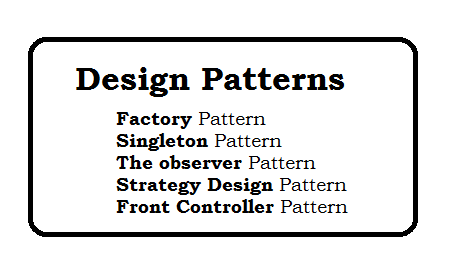Question: What is Waterfall Model?
Answer: Sequential design process, often used in software development process, in which process is seen as flowing steadily downwards ( like a waterfall ).
Question: What are the main steps in waterfall model?
Answer: Following are the main steps in water fall model.
1. Requirements specification: Make a list of sections/modules / functionality which need to develop.
2. Design: Create a mock-up and make a output design (Looks after completion)
3. Construction (implementation or coding): Start the Development
4. Integration: When one module is complete, then integrate with main modules OR integrate all the modules
5. Testing and debugging: After integration modules, test them properly in all ways (like check in all browser with different operting system)
6. Installation: Setup the software where client want.
7. Maintenance: Start the maintenance OR enhancement.
Simple Ways to understand the Waterfall Model








